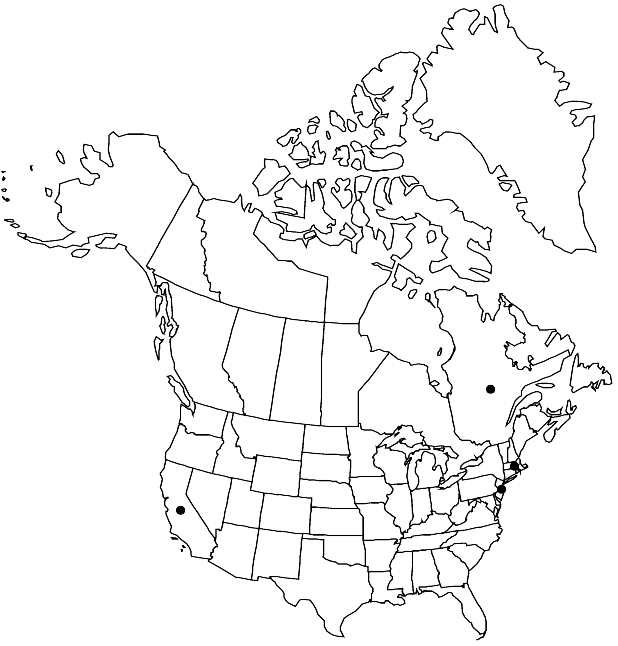Difference between revisions of "Diplotaxis erucoides"
Syst. Nat. 2: 631. 1821.
FNA>Volume Importer |
FNA>Volume Importer |
||
| Line 10: | Line 10: | ||
|name=Sinapis erucoides | |name=Sinapis erucoides | ||
|authority=Linnaeus | |authority=Linnaeus | ||
| + | |rank=species | ||
|publication_title=Cent. Pl. II, | |publication_title=Cent. Pl. II, | ||
|publication_place=24. 1756 | |publication_place=24. 1756 | ||
| Line 36: | Line 37: | ||
-->{{#Taxon: | -->{{#Taxon: | ||
name=Diplotaxis erucoides | name=Diplotaxis erucoides | ||
| − | |||
|authority=(Linnaeus) de Candolle | |authority=(Linnaeus) de Candolle | ||
|rank=species | |rank=species | ||
| Line 51: | Line 51: | ||
|publication year=1821 | |publication year=1821 | ||
|special status= | |special status= | ||
| − | |source xml=https://jpend@bitbucket.org/aafc-mbb/fna-data-curation.git/src/ | + | |source xml=https://jpend@bitbucket.org/aafc-mbb/fna-data-curation.git/src/f50eec43f223ca0e34566be0b046453a0960e173/coarse_grained_fna_xml/V7/V7_651.xml |
|tribe=Brassicaceae tribe Brassiceae | |tribe=Brassicaceae tribe Brassiceae | ||
|genus=Diplotaxis | |genus=Diplotaxis | ||
Revision as of 22:18, 16 December 2019
Annuals or biennials, not scented. Stems erect, 1–4(–8) dm, densely pubescent throughout, (trichomes retrorse, appressed). Basal leaves: blades elliptic to obovate, 2.5–8 cm × 10–40 mm, margins sinuate to pinnatifid or lyrate, (2–5 lobes each side), (surfaces pubescent throughout, trichomes antrorse). Cauline leaves (distal) sessile; blade (base cuneate to broad, truncate), margins similar to basal, (distally reduced, subtending proximal flowers). Fruiting pedicels 3–10(–22) mm. Flowers: sepals 4–5.5 mm, pubescent, trichomes ± flexuous; petals white (turning purple when dried), 7–10 × 4–5 mm; filaments 4–6.5 mm; anthers 1.5–2 mm; gynophore obsolete or to 0.5 mm. Fruits erect-patent, 2–3.5(–4) cm × 1.5–2(–2.5) mm; terminal segment beaklike, 2–5 mm, 1- or 2-seeded. Seeds 1–1.2 × 0.5–0.8 mm. 2n = 14.
Phenology: Flowering summer.
Habitat: Ballast and waste places
Distribution

Que., Calif., Mass., N.J., Eurasia, Africa, introduced also in South America (Argentina).
Discussion
Diplotaxis erucoides was introduced from Europe as a ballast plant in the last century and may have failed to persist in some of the recorded provinces and states.
Selected References
None.